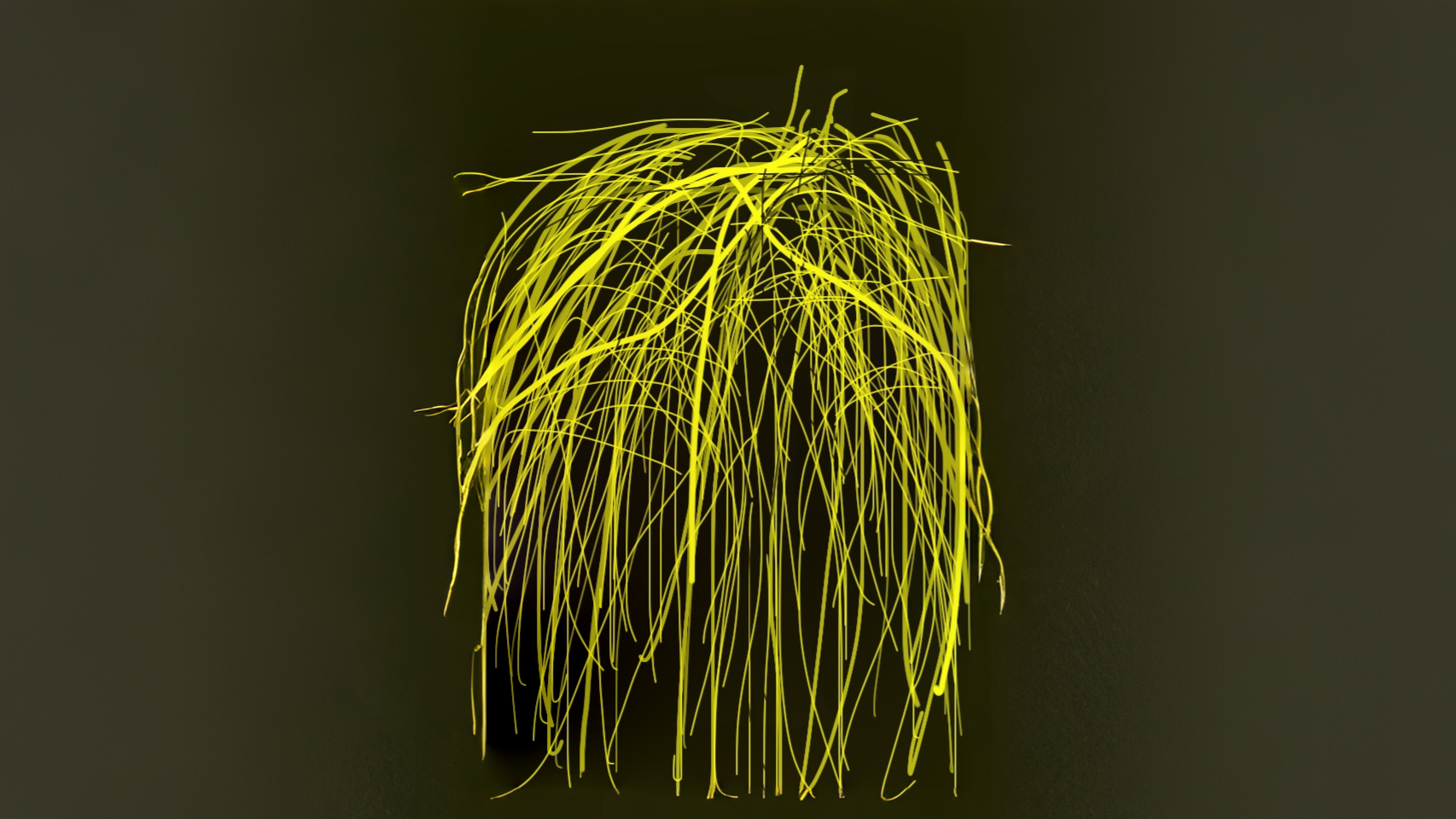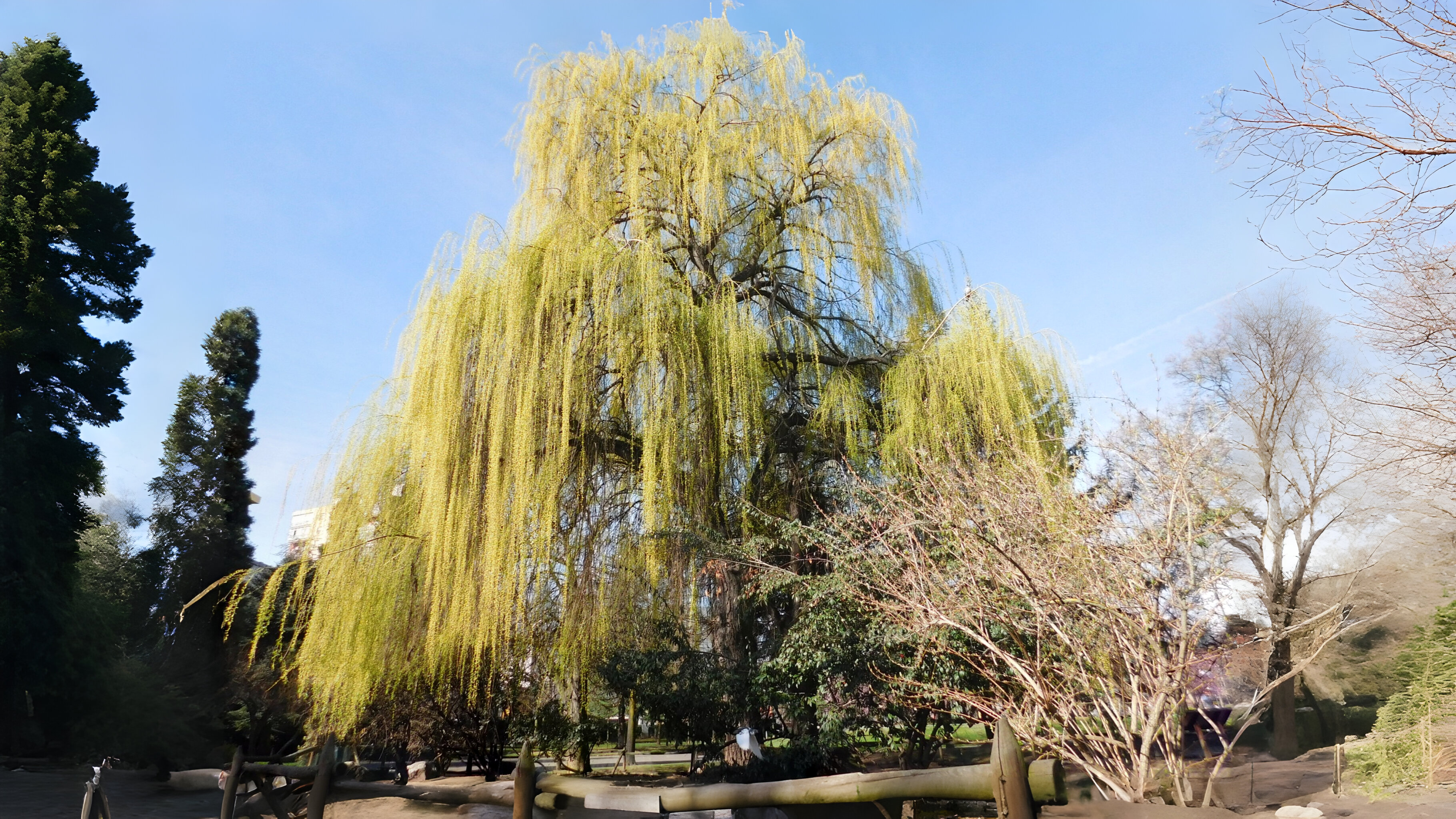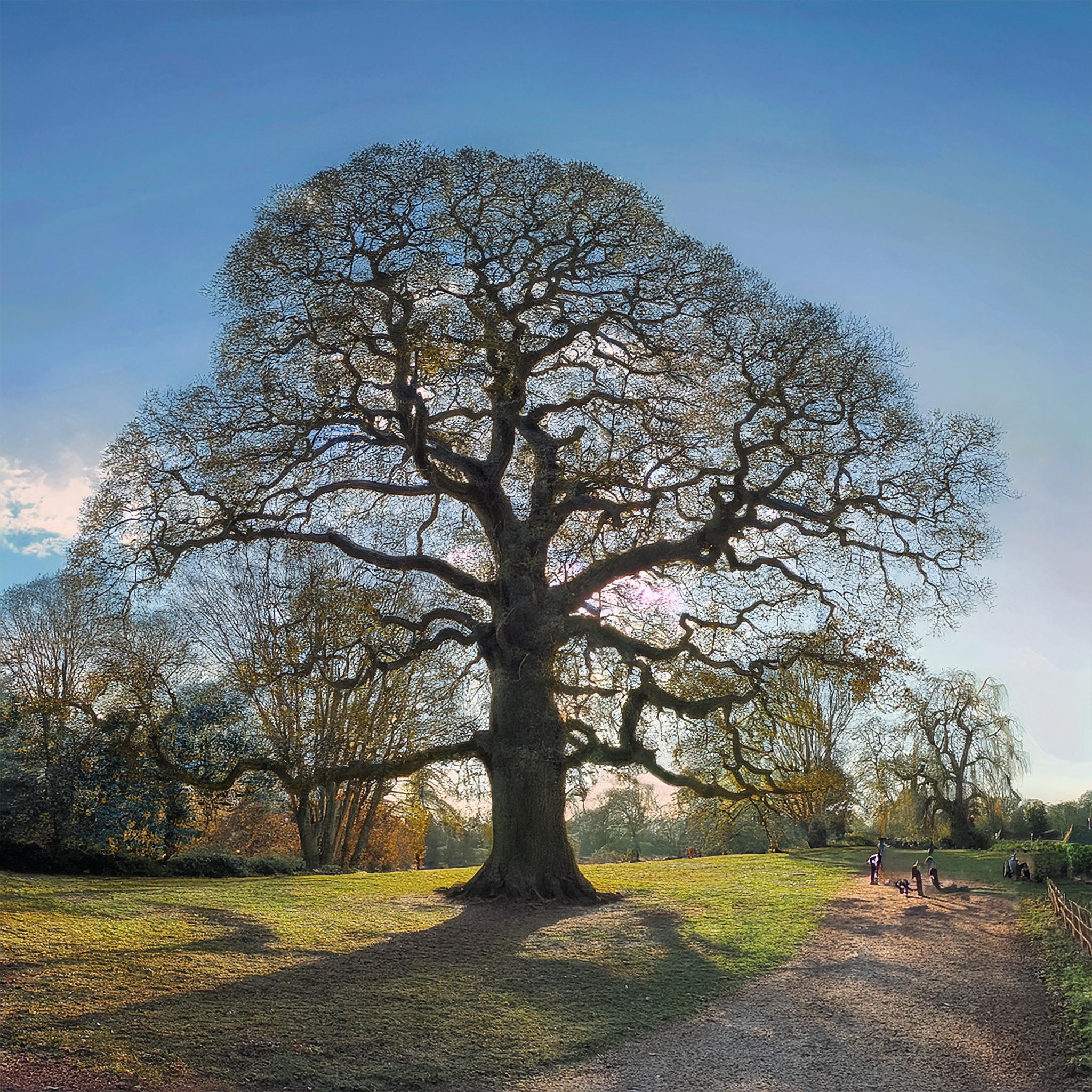
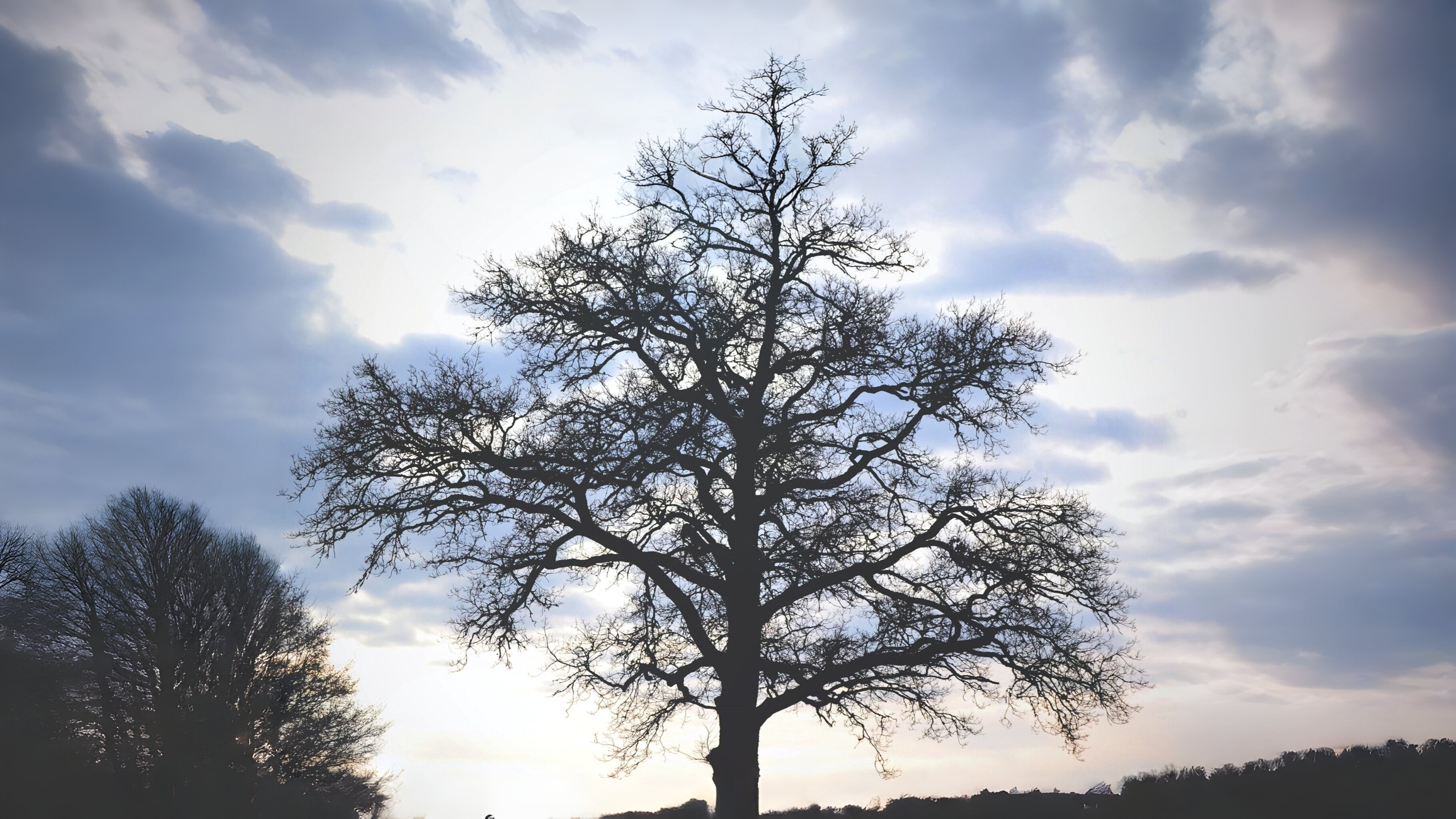

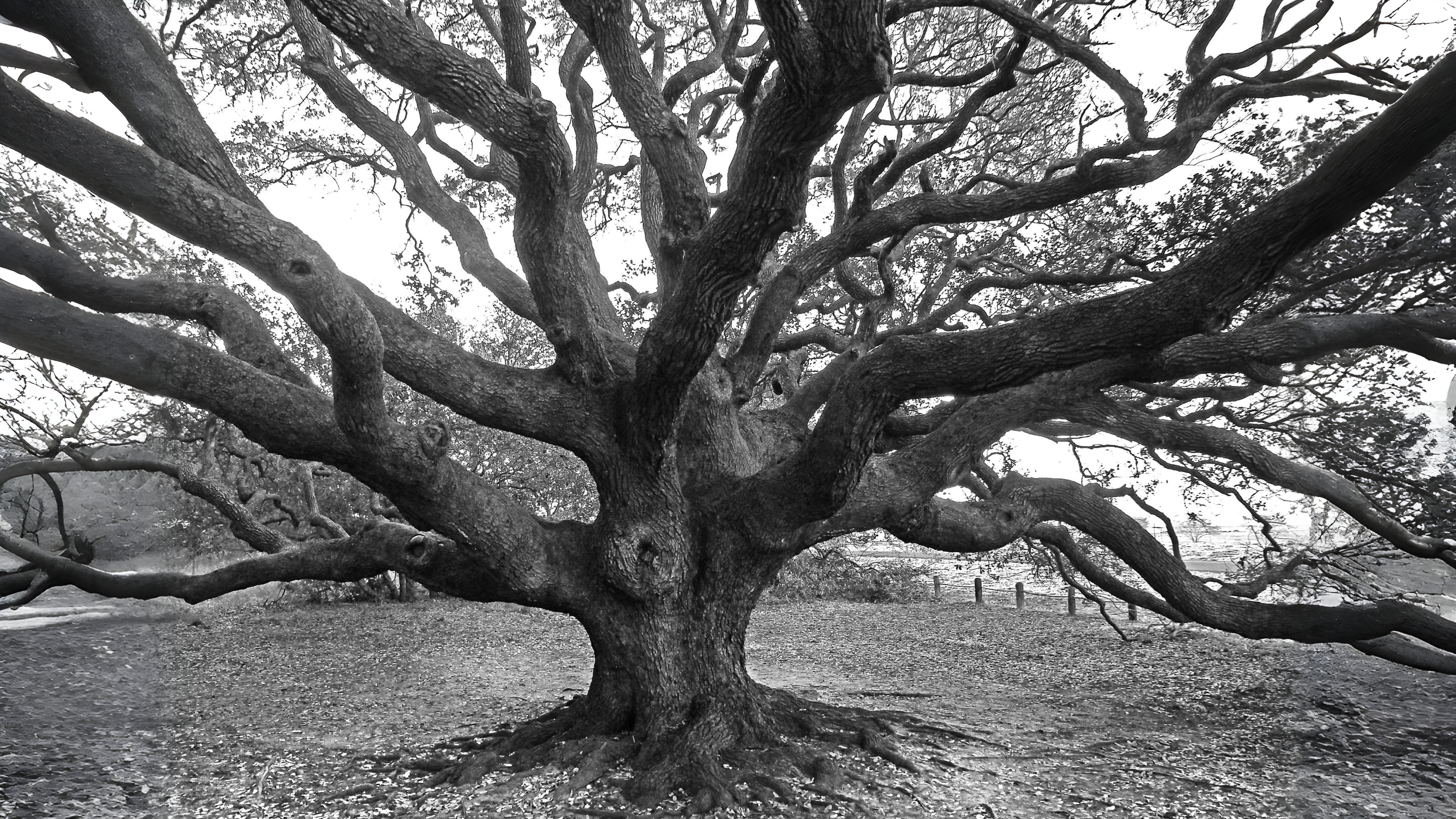

The London plane Plantanus x hispanica retains its fruits, which now hang like Christmas decorations making this one of the easiest of trees to recognise. Horse chestnuts Aesculus hippocastanum are usually picked out by the way in which the ends of their branches turn upwards slightly. The tall, narrow shape of Lombardy poplars Populus nigra ‘Italica’ easily give them away, but male trees may now be separated from females. The latter is usually slightly broader towards the base compared with the slim form of the male. Ash trees Fraxinus excelsior are usually given away by the dense clusters of seeds they hold on to throughout January.
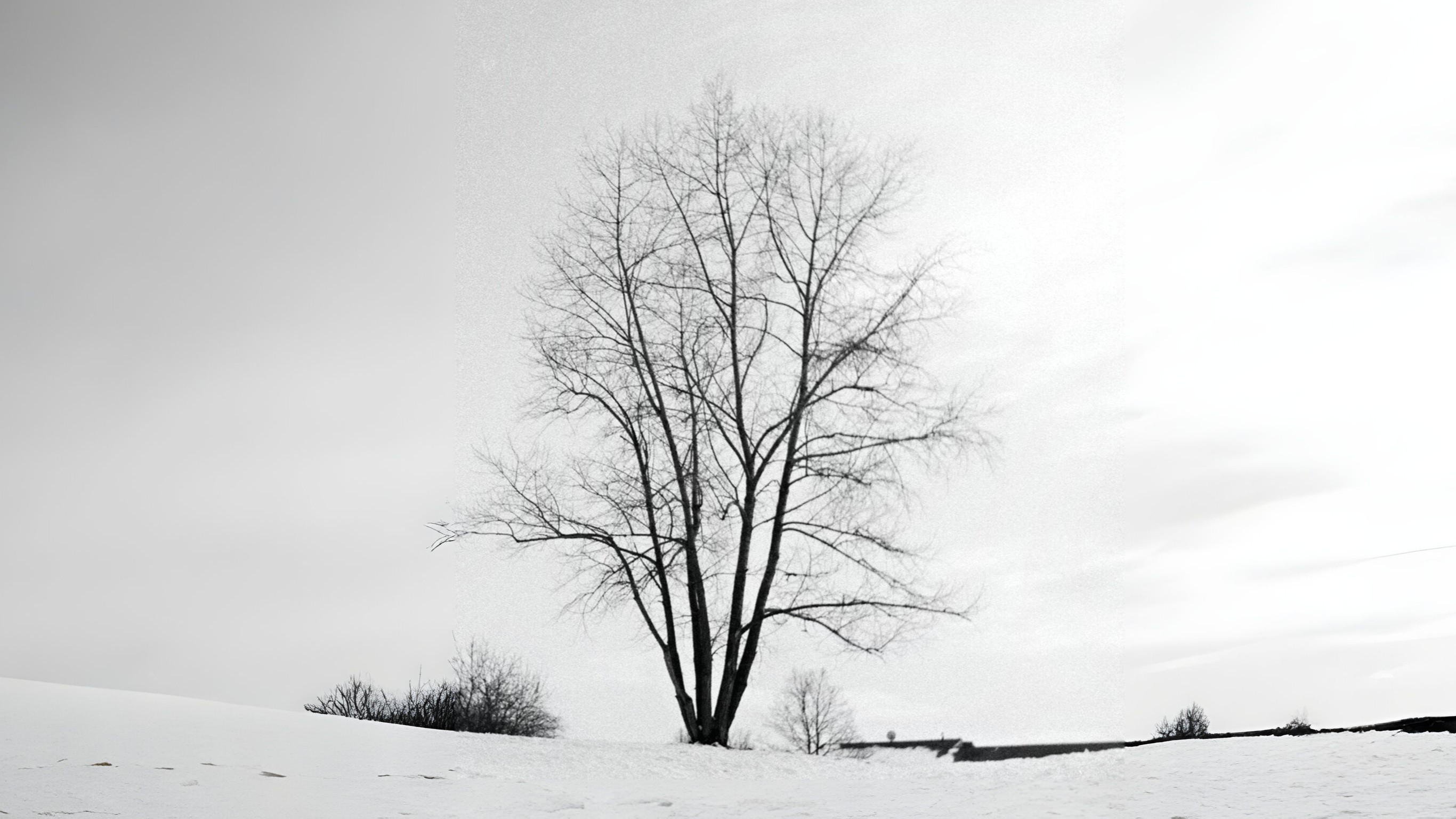

Hawthorns Crataegus spp., Crab apples Malus spp., Cherries Prunus spp., Willows Salix spp. and Whitebeams Sorbus spp. are all more difficult to separate at this time of year.
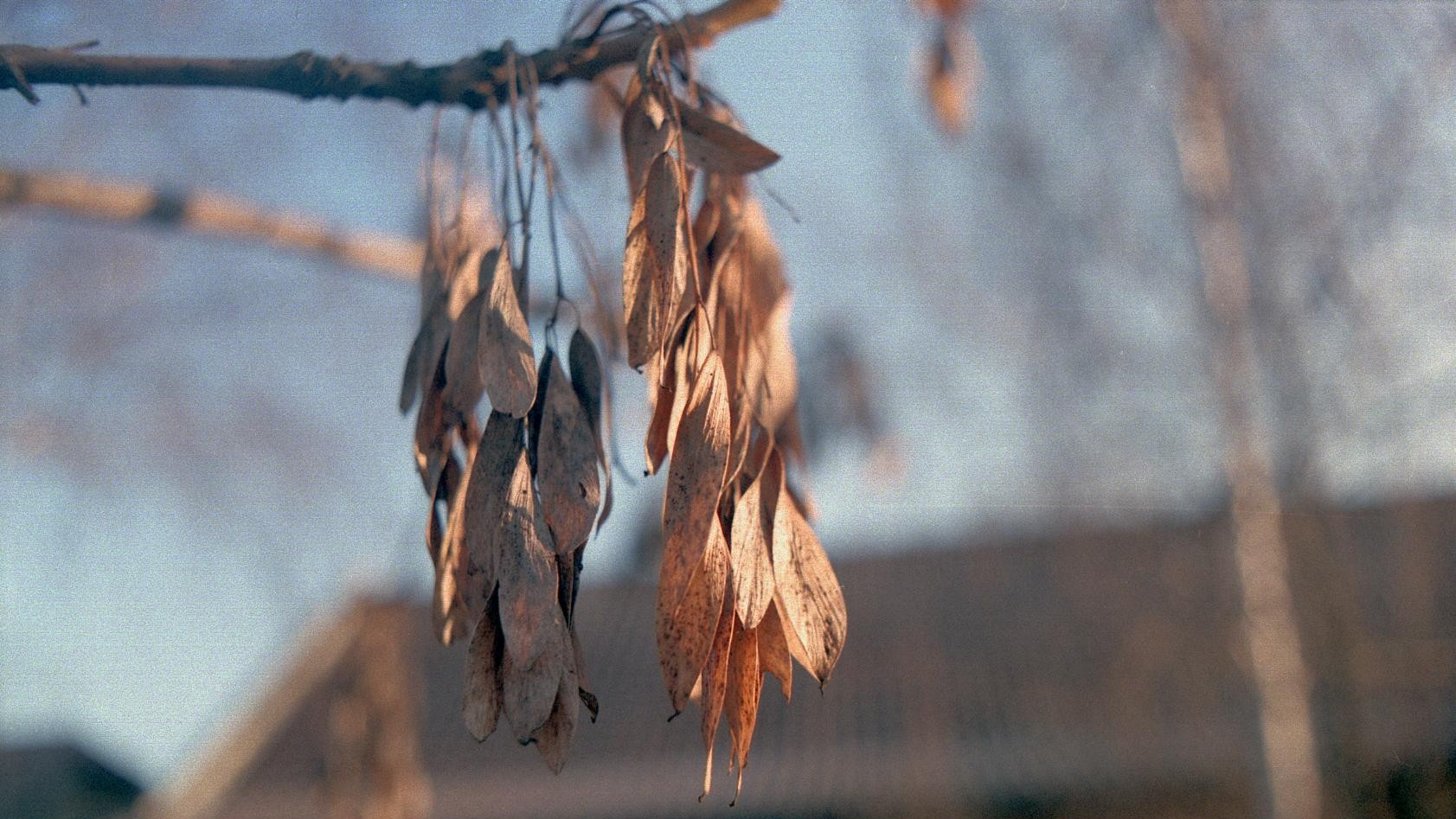

Silver maples Acer saccharinum can often be picked out due to them carrying large amounts of shoots and suckers on their trunks. Tree cotoneasters e.g. Cotoneaster frigidus tend to lean, yet still have strong vertical branches arising from their trunks. Downy birches Betula pubescens, silver birches Betula pendula and limes Tilia spp. all have a tendency to carry witches’ brooms in their branches or at the base of their trunks in the case of limes. Contorted branching usually indicates either the contorted willow Salix matsudana ‘Tortuosa’ whose branches gently twist and turn and often hang downwards, or the locust tree Robinia pseudoacacia whose dramatic branching has been compared to split lightning.
